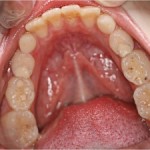
In this blog we take a look at the latest clinical practice guideline from the American Dental Association on restorative treatments for primary and permanent teeth with moderate and advanced caries.
[read the full story...]
In this blog we take a look at the latest clinical practice guideline from the American Dental Association on restorative treatments for primary and permanent teeth with moderate and advanced caries.
[read the full story...]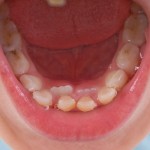
This review of the effectiveness of glass ionomer cement (GIC) restorations in preventing new caries in primary or permanent dentitions included 10 RCTs. The findings suggest that GIC restorations have a better preventive effect that other materials but the amount and quality of evidence is limited.
[read the full story...]
This Cochrane review update of different materials used for retrograde root filling in children and adults requiring retrograde filling included 8 RCTs. However the studies are all at high risk of bias so provide insufficient evidence for the benefits of any one material.
[read the full story...]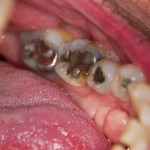
This updated Cochrane review of the efficacy and safety of direct composite fillings versus amalgam fillings included 8 RCTs. Low‐certainty evidence suggests that composite resin restorations may have almost double the failure rate of amalgam restorations.
[read the full story...]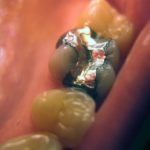
10 studies were included in this review of the effectiveness of minimally invasive repair or replacement of dental restorations. The reviewers suggest that seal and refurbishment techniques did not present a significant difference in clinical longevity in comparison to the replacement technique in permanent teeth. However, both the amount and the quality of the available evidence is limited.
[read the full story...]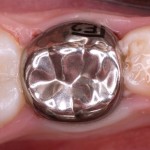
This review of the longevity of posterior restoration in primary teeth included 31 studies. composite resin had the lowest annual failure rate while stainless steel crowns had the highest success rate. The studies all have a high risk of bias so the findings should be interpreted cautiously.
[read the full story...]
During 2016 the Dental Elves has published 158 blogs covering a broad range of topics. The most popular blogs of each month are highlighted.
[read the full story...]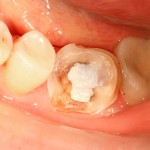
This review of failure rate of single-unit prostheses versus direct restorations in vital posterior teeth included 14 studies (5 RCTs) finding that composite had a significantly higher failure rate than amalgams, regardless of the remaining tooth structure. For teeth with fewer than 2 remaining walls, direct restorations presented significantly higher failure rates than crowns .
[read the full story...]
This Cochrane review update only identified 1 RCT assessing the difference in survival between bonded and non-bonded amalgam restorations providing insufficient evidence to support or refute a difference.
[read the full story...]
Five RCTs were included in this Cochrane review comparing crowns with fillings for the management of caries in primary molars. Moderate evidence found crowns reduced the risk of major failure or pain in the long term compared to fillings
[read the full story...]